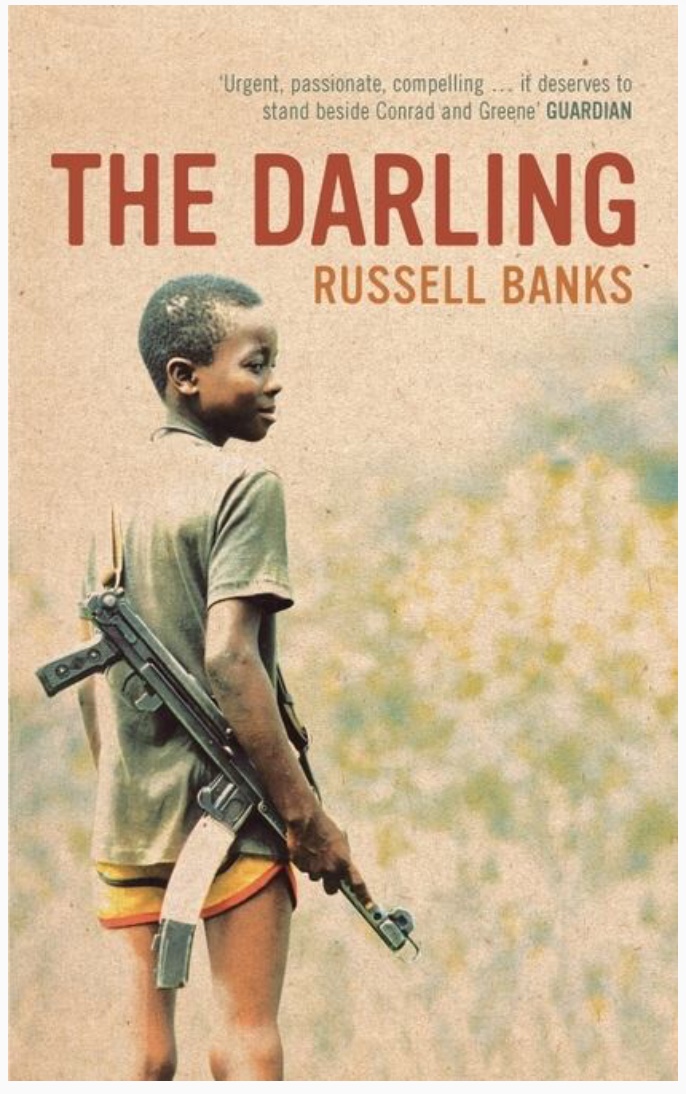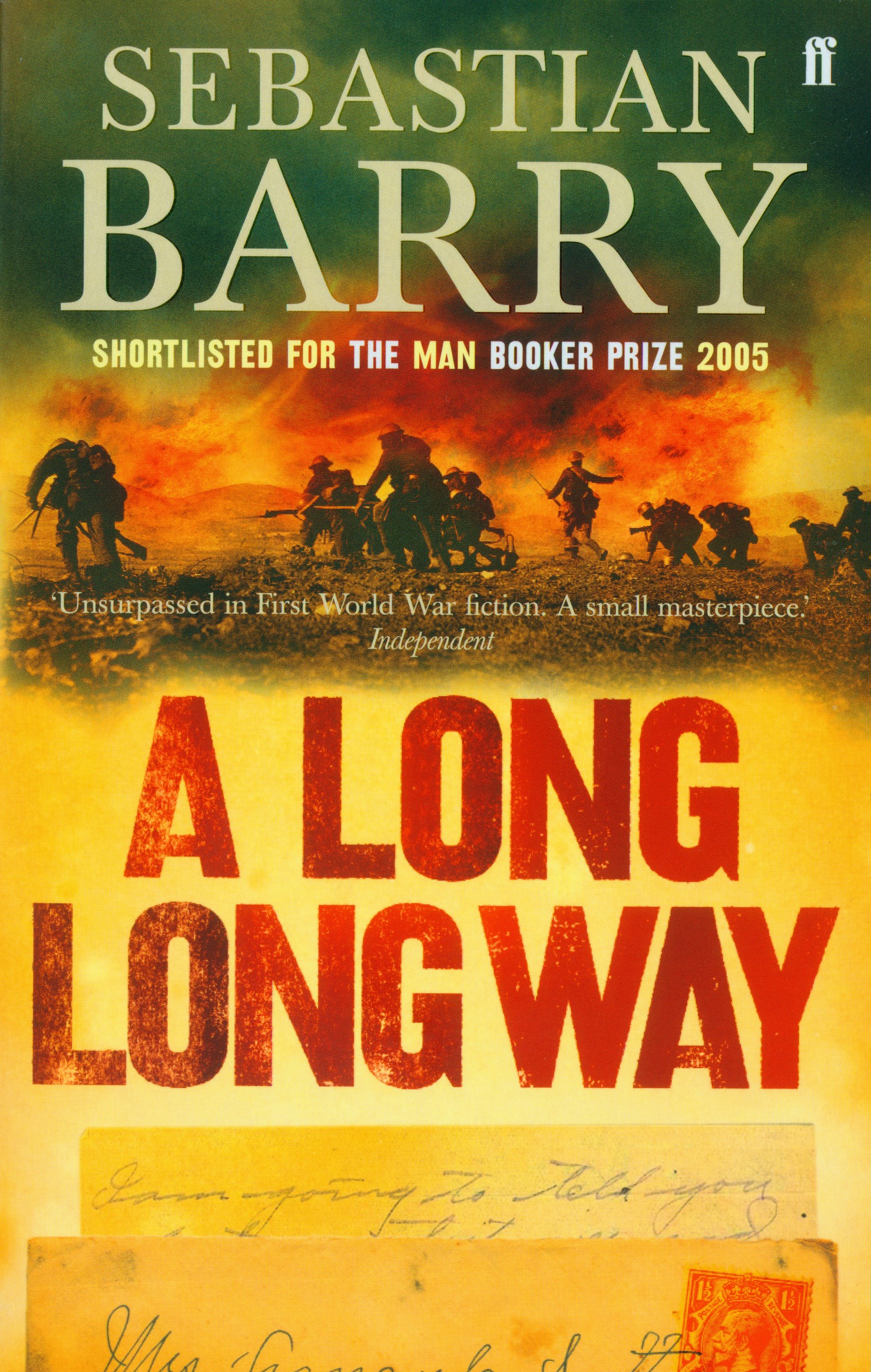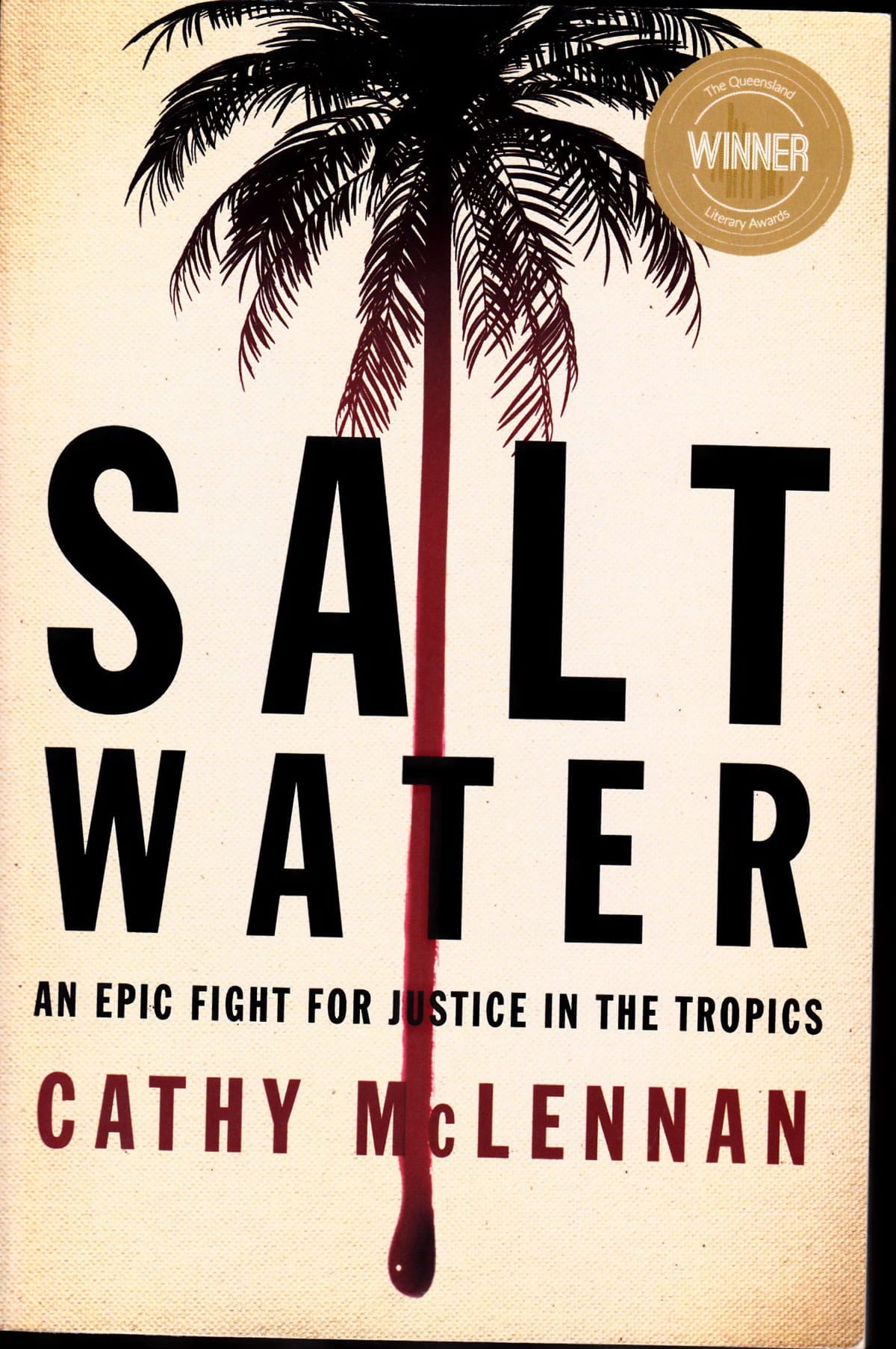Palm Island tragedy examined
The “tall man” appears as an agent of malevolence in Aboriginal stories all over Australia, Chloe Hooper reports in her account of the circumstances surrounding the death of Cameron Doomadgee on Palm Island in 2004, the violence that followed it and the later trial of Senior Sergeant Chris Hurley.In choosing The Tall Man as her title, Hooper presumably wants us to make that association with the tall man pivotal to this story, Senior Sergeant Hurley who, at 200cm, towers over most people.
Hurley would not speak to Hooper. Perhaps he was wary of her motives or a perceived bias. Hooper had gone to Palm Island at the invitation of the criminal lawyer Andrew Boe, who acted for the Palm Island Aboriginal Council, and she had spent time with the family of the dead man, gathering background to cover the inquest held to determine the cause of Doomadgee’s death. Hooper’s report on that inquest subsequently appeared in The Monthly magazine and won her a Walkley Award.
The Tall Man includes some of that material and is Hooper’s second book. Her first, a novel, A Child’s Book of True Crime, was published in 2002 amid a flurry of excitement about her advance and to mixed reviews.
The Tall Man explores many themes – the uneasy relationship between Aboriginal and non-Aboriginal Australians, the legacy of our cruel history, the poverty and problems that beset many remote Aboriginal communities, the unequal application of justice - but at its heart is a compelling human story in which hasty passion and terrible chance propelled one man to defend his character and his profession and the other to a painful, untimely death.
Hooper makes clear the awful sadness left in the wake of Doomadgee’s death as his partner of 10 years, Tracy Twaddle, and his remaining siblings try to go on. Within their community they are, tragically, not exceptional – many others have lost loved ones early, and some of those while in custody. Doomadgee, 36 years old when he died, was “lean and fit and proud of it”. He couldn’t afford to drink every day but on that day he had been on a bender, drinking beer, cask wine and goom (methylated spirits mixed with water).
Hurley was an ambitious young man who had already served in several Aboriginal communities and had been stationed on Palm Island for two years. According to Hurley, on that hot and fateful day, Doomadgee had sworn and shown disrespect to Lloyd Bengaroo, the police aide assisting Hurley. According to other witnesses, Doomadgee had been singing the Baha Men song “Who let the dogs out?” as he walked away.
Hurley put Doomadgee in the back of the vehicle with Patrick Nugent who had been arrested for being abusive. At the police station, Hurley alleged, Doomadgee had hit him as he came out of the vehicle and the two had struggled to the door, where they had fallen over the step. He denied intentionally hurting Doomadgee in any way.
The autopsy showed that the dead man had suffered a black eye and bruising, a liver torn almost in two, four broken ribs, and a ruptured portal vein. This news enraged the islanders and the rioting and burning that followed exposed the deep divisions between community and police and the community’s lack of belief in the likelihood of justice.
Following the Coroner’s opinion that he was to blame for Doomadgee’s death, a decision made by the Director of Public Prosecutions not to charge him and the reversal of that decision, Hurley became the first policeman to be charged in relation to a black death in custody in Australia. Last year he was found not guilty of assault or of manslaughter.
Hooper is capable of acute observation. In the pub in Burketown, she writes, the older white men “looked as if they spent their days in chains while eagles preyed upon their livers… Meanwhile the young blackfellas played pool, singing, swaying, showing off their drunkenness, making theatre of it. They drank to perform the passions; the old whites to block them.”
She is also capable of sloppiness. For example, in her calculation of the number of people on Palm Island she writes, “Today it is home to one of the largest Aboriginal communities in Australia, its population somewhere between 2500 and 3000, but since the island was forgotten in the last census, no one is sure.”
Hooper does not give any source for this assertion. Perhaps she got it from the Townsville Bulletin which in August 2006 claimed that Palm Island’s residents had been left out. But the Australian Bureau of Statistics countered at the time that its Indigenous collection strategy in remote areas took place in the weeks before and after the official census night. Figures for Palm Island for 2006 are reported on the ABS website and show 1,984 people usually resident on the island.
Hooper has gathered material from many oral and written sources. An index would have been useful and her notes and attribution could have been less casual. Still, this carping should not detract from what she has accomplished – a thoughtful, perceptive examination of an important Australian tragedy.
© Jennifer Moran






